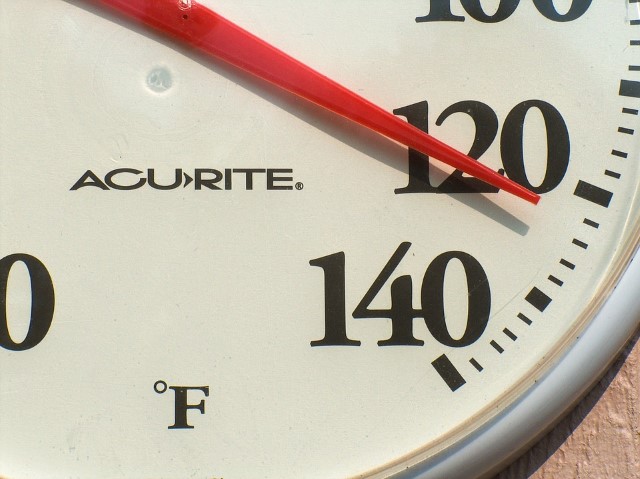Setting the correct water heater temperature is crucial for homeowners, as it impacts comfort, safety, and energy efficiency. The U.S. Department of Energy recommends a setting of 120 degrees Fahrenheit. This temperature is sufficient for everyday household needs, such as bathing, washing dishes, and laundry, while also reducing the risk of scalding.
Scalding is a significant safety concern, especially for children and the elderly, whose skin is more sensitive. At temperatures above 120 degrees, hot water can cause severe burns in just a few seconds. Lowering the temperature to 120 degrees helps prevent these accidents, making your home safer.
In addition to safety, energy efficiency is another important consideration. Water heaters set to higher temperatures consume more energy, leading to higher utility bills. By setting your water heater to 120 degrees, you can save on energy costs and reduce your household’s environmental footprint.
However, setting the temperature too low, below 120 degrees, can promote the growth of harmful bacteria like Legionella, which causes Legionnaires’ disease. This makes it essential to maintain the recommended temperature to ensure both safety and health.
Adjusting your water heater’s thermostat is usually straightforward, involving a simple dial on the unit. For those unfamiliar with the process, consulting the user manual or hiring a professional can ensure the correct and safe adjustment.
Maintaining the right water heater temperature is a simple yet effective way to enhance safety, save on energy costs, and ensure the well-being of your household.


Recent Comments